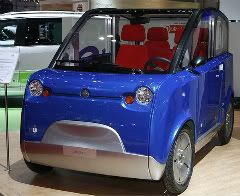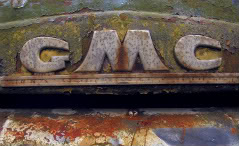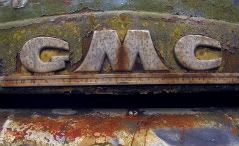Corporate Culture and Electric Vehicles
Bruce Hamilton writes:
(I’m) VP of Business Development (with) an MSEE and 40+ years of engineering and marketing management experience in all types of electronics companies. I have found good opportunities for my company to enter the solar PV inverter market and the Smart Grid (all four layers) using basically our current product lines and one new disruptive technology we are bringing to the market…..My problem with the EV market is sorting out all the opportunities to find the best match between our corporate culture (we are a public company so have little patience with slow to mature revenue and profit), our corporate product strengths, and niches in the EV market.
Thanks for writing, Bruce. This, of course, is yet another force working against us all. As a marketing consulting in high-tech, I spent almost 30 years making friends with clients at places like H-P, IBM, National Semiconductor, DEC, GE, Litton, Sony, 3M, etc. Even though I wasn’t even an employee of the companies, I could share in the frustration many of these fine people suffered in their failed attempts at innovation in a stuffy, ultra-conservation corporate environment. I wish I had an answer for you.

 Again, I urge readers to check out the comments on the
Again, I urge readers to check out the comments on the 


 Isn’t it common knowledge that offshore oil drilling represents a danger to the ecology of our oceans and beaches? And aren’t the oil companies the only ones with enough greed and callous disregard for the environment that they would suggest the validity of this process?
Isn’t it common knowledge that offshore oil drilling represents a danger to the ecology of our oceans and beaches? And aren’t the oil companies the only ones with enough greed and callous disregard for the environment that they would suggest the validity of this process?